WASHINGTON, July 31 – The U.S. Federal Reserve on Wednesday left its benchmark interest rate unchanged at 4.25-4.50 percent for a fifth straight policy meeting, despite mounting pressure from President Donald Trump to reduce borrowing costs for households and businesses, Kyodo news agency reported.
The Fed’s decision to maintain its target range for the federal funds rate, which commercial banks charge each other for overnight loans, reflects its cautious approach to Trump’s tariffs and other economic policies. But two of the central bank’s governors voted against the majority, marking the first such dissent in more than 30 years.
In contrast to Trump’s view that the U.S. economy is booming, the policy-setting Federal Open Market Committee said in a statement that “recent indicators suggest that growth of economic activity moderated in the first half of the year.”
“Uncertainty about the economic outlook remains elevated,” the committee said in the statement after its two-day meeting.
Fed chief Jerome Powell said at a press conference that policymakers modified the previous statement’s expression that uncertainty about the outlook “has diminished but remains elevated,” because “it didn’t diminish further.”
Of the 12-member committee, two — Christopher Waller and Michelle Bowman, both appointed by Trump during his first term — voted against the decision, calling for a quarter-percentage point cut.
The last time two of the Fed’s seven-member, Washington-based board of governors dissented on a monetary policy decision was in 1993.
Governor Adriana Kugler was absent and did not vote.
Powell indicated that more time will be needed to determine the economic impact of the Trump administration’s tariffs.
“Higher tariffs have begun to show through more clearly to prices of some goods, but their overall effects on economic activity and inflation remain to be seen,” he said.
“The effects on inflation could be short-lived,” he said. “But it is also possible that the inflationary effects could instead be more persistent, and that is a risk to be assessed and managed.”
Trump has become increasingly frustrated at the U.S. central bank’s ongoing pause that began in January after he returned to the White House for a nonconsecutive second term.
Calling Powell a “numbskull,” Trump has repeatedly and personally attacked the Fed chief for his supposed reluctance to resume rate cuts, claiming he may be keeping the key rate high for political reasons.
Powell and most other Fed policymakers have adopted a wait-and-see stance, citing the need to assess incoming data to make sure Trump’s tariffs will not result in another bout of inflation later this year.
Trump made an extraordinary presidential visit to the Fed’s headquarters last week to put additional pressure on Powell, although the president has said he has no intention of firing the head of the central bank, whose term expires in May next year.

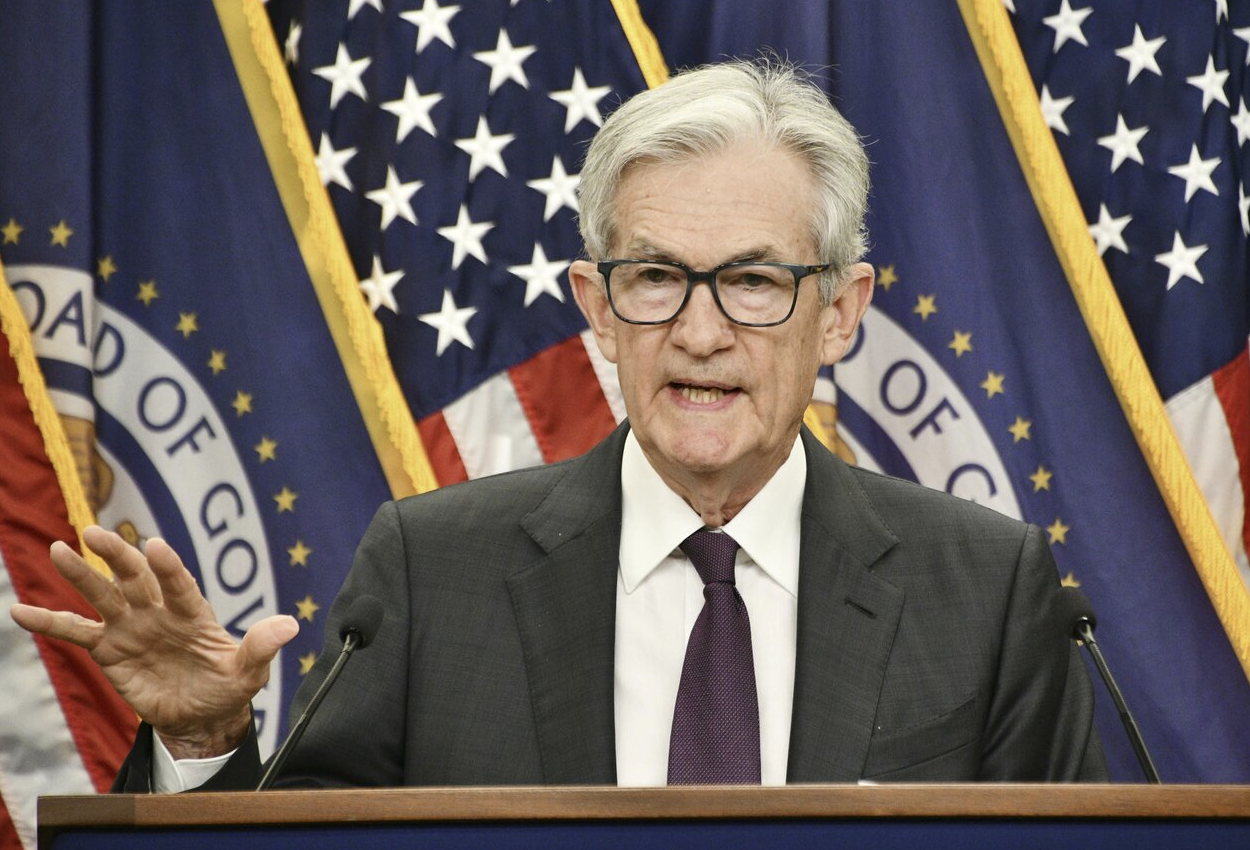
-加码-scaled.jpg)

-加码-scaled.jpg)


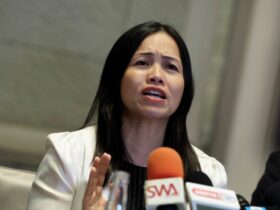


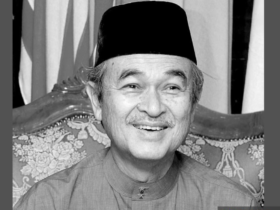

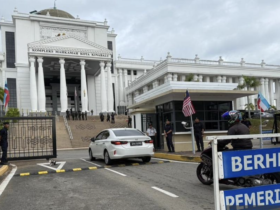


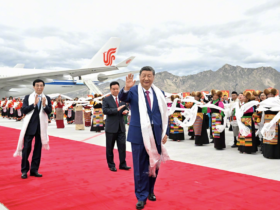



Leave a Reply